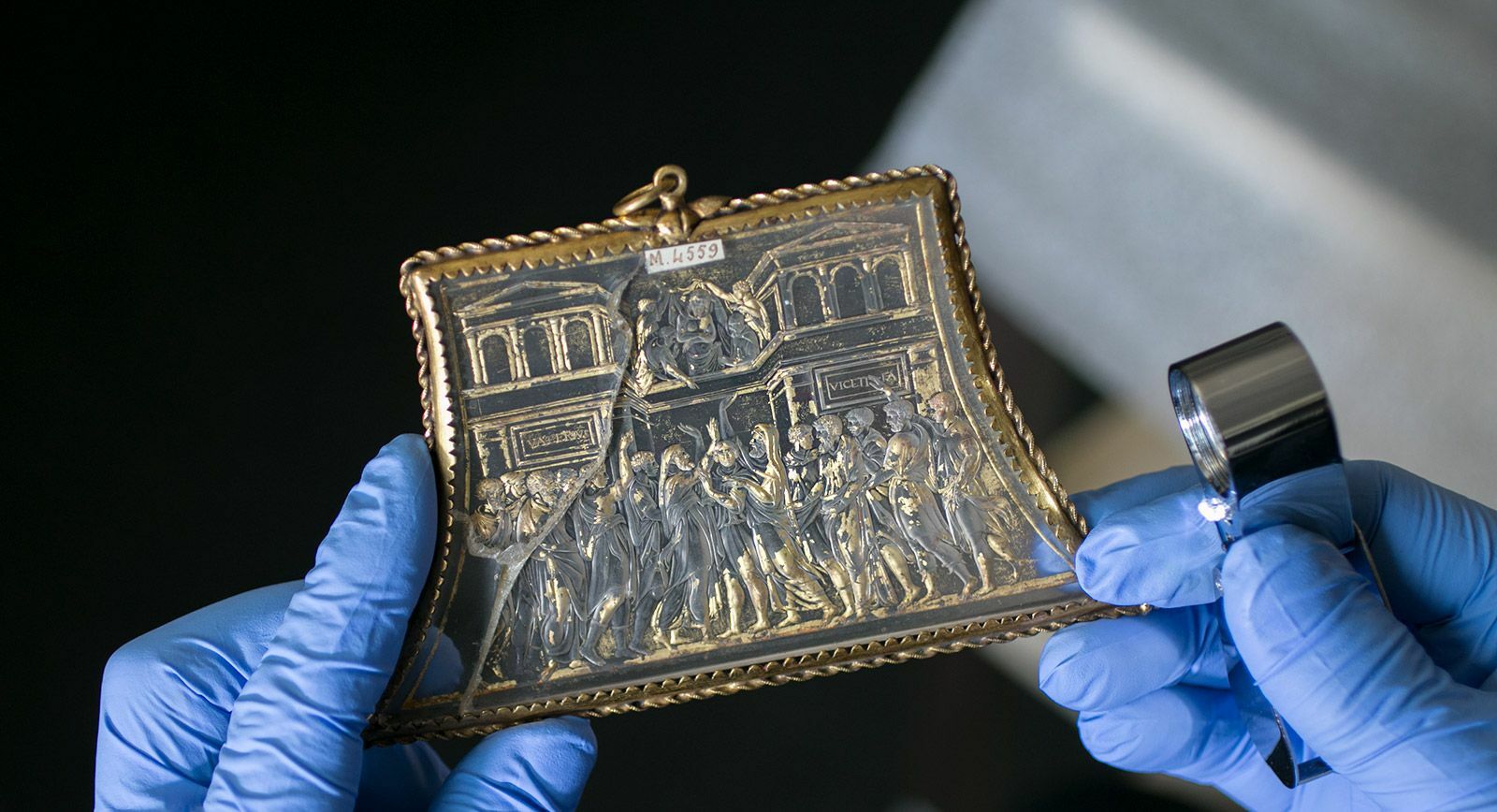



Until the mid-1990s, most computer-made images were transferred photochemically onto traditional printing plates or screens. Chine is French for “China,” which refers to the thin Asian paper originally used with this technique, and collé means “glued.”Ĭollagraph: A technique of relief printing using any combination of actual elements such as cardboard, fabric, washes, carborundum (an abrasive powder), or found objects, which are adhered to a plate, inked, and printed.ĭigital printing: A general term for any technique that involves digital technology. Usually the more an area is eaten away, the more ink will transfer during printing, and the darker the tonal area will be.Ĭhine-collé: The process of adhering one piece of paper to another by using a liquid adhesive and running them together through the printing press. Finally, damp paper is laid on the plate, and they are run through a press, transferring ink in the shape of these areas. Once the rosin is removed, the plate is inked, and ink collects in those areas with uneven surfaces. When the plate is submerged in a corrosive bath, tiny areas unprotected by the rosin particles are “eaten away”, creating recesses. Powdered rosin is distributed across a metal plate and adhered through heating. Aquatint: An etching technique that creates printed tonal areas.


 0 kommentar(er)
0 kommentar(er)
